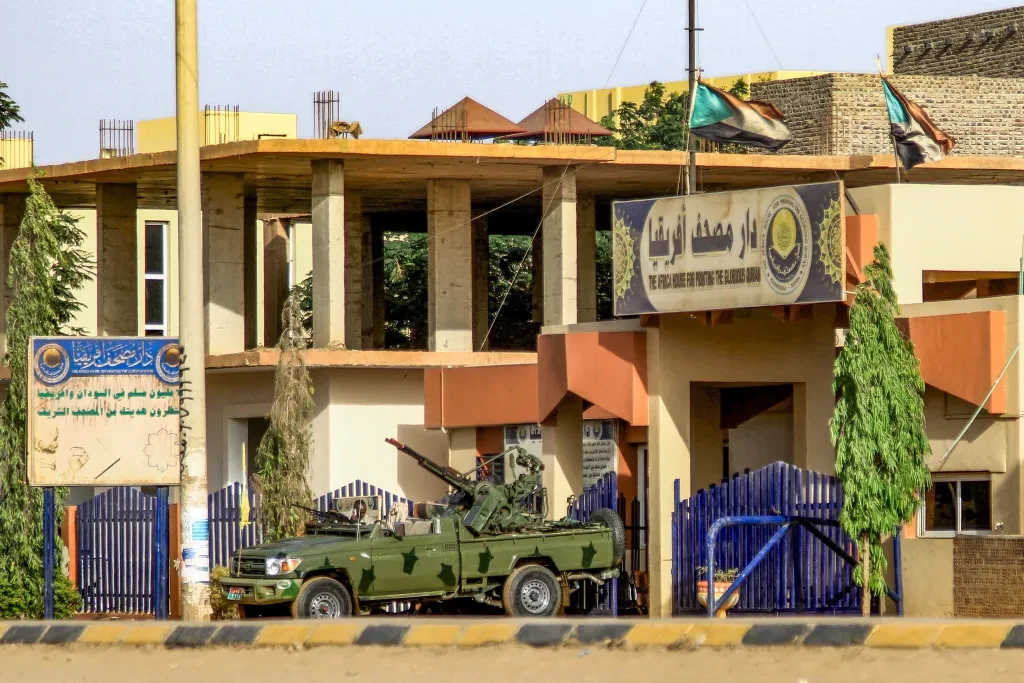
All media organizations in Sudan say journalists have been suffering “grave threats to their safety and freedom” since the political conflict erupted in Khartoum four months ago.
The media organizations include Dabanga, Journalists for Human Rights, Female Journalists Network, and Al-Tayar newspaper.
On April 15, a rivalry between the army and the paramilitary Rapid Support Forces (RSF) exploded into war, turning Khartoum and wider areas of the capital into a bloody battlefield.
Since then, fighting has also spread to the conflict-weary Darfur region as well as parts of Kordofan and Blue Nile states.
“Accusations of disloyalty, collusion, and allegiance to either party abound, subjecting them to threats of detention, arbitrary arrest, enforced disappearance, or even death. These dire consequences are determined by the whims of the warring factions in the city or state where they are situated,” partly reads a joint statement.
“Female journalists, in particular, are disproportionately susceptible to gender[1]based violence. Just as women and girls in Sudan encounter various forms of discrimination, “sexual violence,” exploitation, and sexual enslavement, female journalists are at heightened risk.”
During this period, many journalists have lost their lives, suffered injuries, and faced unjust imprisonment.
Their homes, belongings, and work equipment have been pillaged, while others have been pursued and persecuted simply for expressing opinions contrary to the stance of one of the warring parties.
“This cumulative suffering has resulted in the flight of dozens of male and female journalists to neighboring countries and regions, compelled some to abandon their profession, and prompted others to vanish voluntarily,” the statement continues.
The media outlets appealed for an end to the attack on the freedom of expression, including unhindered access to displaced centers, freedom to move with press equipment.
“This entails unfettered access to any area or location without harassment, constraints, censorship, or conditions, particularly in Greater Darfur and its villages, North Kordofan with its capital El-Obeid, and the two regions of Kordofan ‘Nuba Mountains’ and the Blue Nile,” says.
At the heart of the clashes are two men: Sudan’s military ruler and head of the army Abdel Fattah al-Burhan and General Mohamed Hamdan Dagalo (widely known as Hemedti), the country’s deputy and head of the Rapid Support Forces (RSF) paramilitary group.
Until recently, the two men were allies who worked together to topple ousted Sudanese President Omar al-Bashir in 2019 and played a pivotal role in the military coup in 2021.
However, tensions arose during negotiations to integrate the RSF into the country’s military as part of plans to restore civilian rule.
More than 4 million people have been displaced inside and outside the country due to the conflict that erupted on 15 April between the Sudanese Armed Forces SAF and RSF.
About 71 per cent of the nearly 3.3 million people displaced internally are originally from Khartoum.